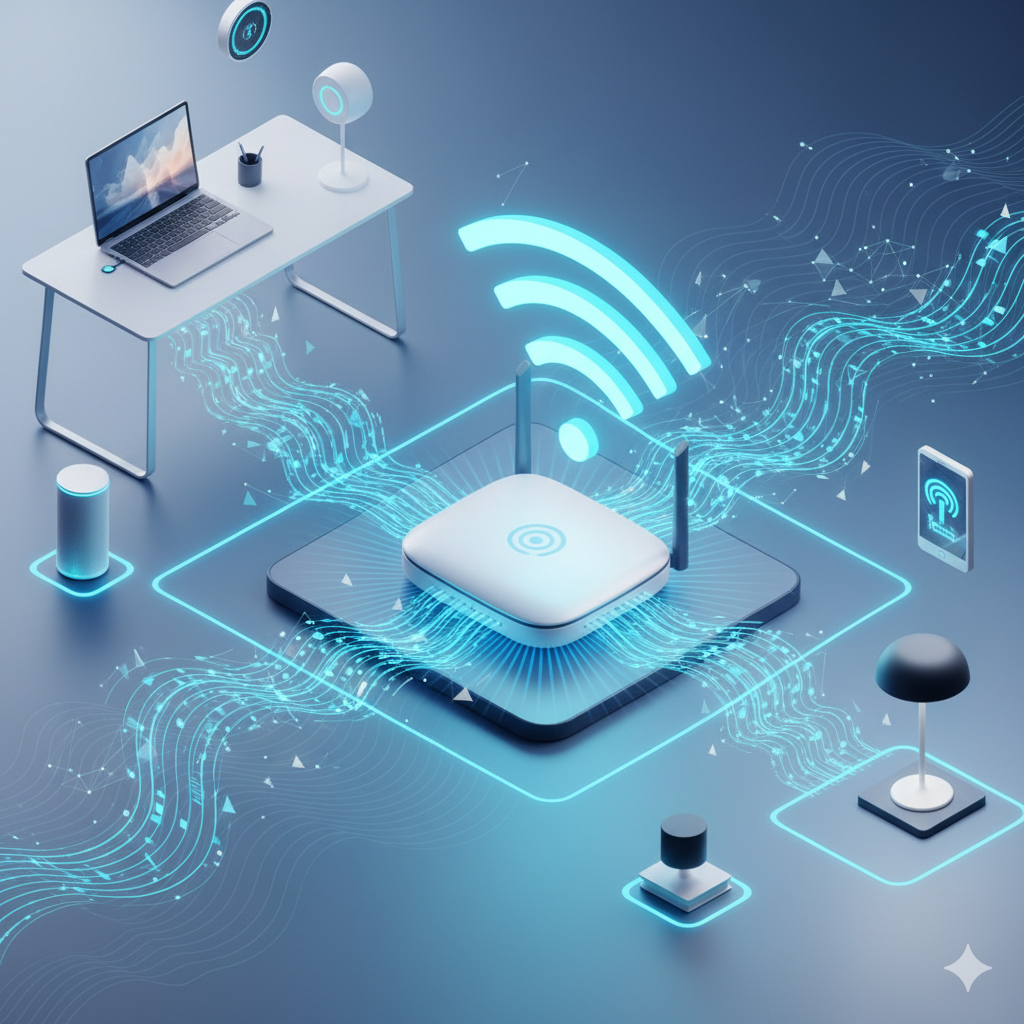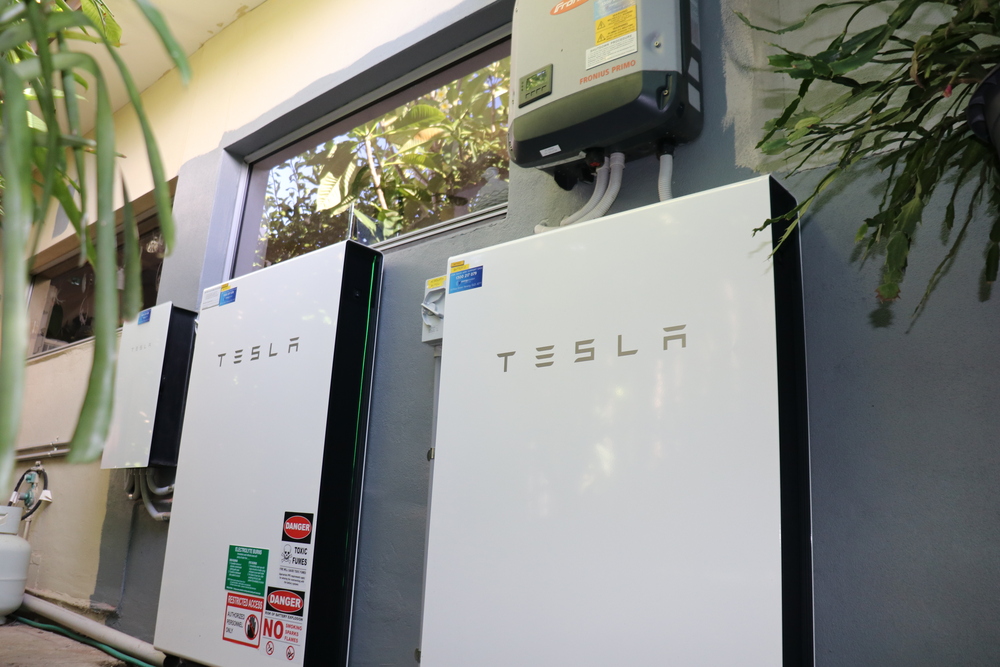Build, Create, Make, and Develop a Delivery App That Wins
In 2025, if you’re not working to build a delivery app, you’re missing out on one of the most profitable trends in tech. Whether you’re aiming to create a food delivery app, make a parcel app, or develop an all-in-one delivery solution, now is the perfect time to get started. With consumer habits shifting toward convenience, delivery app development is hotter than ever.
This ultimate guide will walk you through everything—from idea to launch—to help you build, create, and make a delivery app that actually gets real-world results.
Why You Should Build a Delivery App in 2025
Delivery apps are no longer a luxury; they’re a necessity. People now expect to get food, groceries, medicine, and even clothing delivered instantly. If you can develop a delivery app that meets this demand, you’re positioning yourself to dominate your niche.
Delivery app development is expected to grow exponentially in 2025, with projections showing a multi-billion-dollar global market. Whether you’re a startup or an established business, now is the time to make a delivery app that captures attention and converts users into loyal customers.
Step 1: Define Your Delivery App Niche
Before jumping into coding or hiring developers, clearly define your niche. Do you want to:
- Build a food delivery app like Uber Eats or DoorDash?
- Create a grocery delivery app for local stores?
- Make a parcel delivery app for urban logistics?
Choosing your focus early will shape your entire strategy. This helps align your features, target users, and marketing messages around a core audience.
Step 2: Choose the Right Features to Create a Delivery App That Works
Every winning app needs a solid set of features. To make a delivery app that actually functions and satisfies users, you’ll want the following essentials:
- User registration/login
- Product or item listing
- Real-time order tracking
- Secure payment gateway integration
- Push notifications
- Ratings and reviews
- Customer support chat
To develop a delivery app that stands out in 2025, think beyond the basics. Add smart features like voice ordering, AI-based recommendations, or green delivery options.
Step 3: Select the Right Tech Stack for Your App
When it comes to delivery app development, your technology choices will impact performance, scalability, and cost.
For mobile delivery app development, consider:
- React Native or Flutter (cross-platform)
- Swift (iOS) and Kotlin (Android) for native development
- Node.js or Django for backend
- Firebase or AWS for cloud hosting and real-time data
If you want to create a delivery app fast and don’t have a tech team, consider using delivery app builders or hiring a top-tier delivery app development company.
Step 4: Design a UX That Drives Conversions
Design isn’t just about how your app looks—it’s about how it feels. To make a delivery app that users enjoy, your UX/UI should be:
- Clean and minimal
- Easy to navigate
- Optimized for one-handed use
- Fast-loading
Remember, users will uninstall an app within minutes if it’s confusing or slow. So, if you’re going to build a delivery app, make sure it looks and feels professional.
Step 5: Develop, Test, and Improve Your App
Once you’ve nailed the features and design, it’s time to develop your delivery app. Break the development into phases:
- Prototype – basic wireframes and design mockups
- MVP (Minimum Viable Product) – core features, real testing
- Full App Build – polish and scale
Testing is critical. Use emulators and real devices to catch bugs. Always test the payment process, order tracking, and notifications before launch.
Step 6: Launch and Market Your App Aggressively
Creating an app is one thing. Getting people to download it is another. To make your delivery app successful, your marketing plan must be aggressive and consistent.
Proven marketing strategies for delivery apps:
- App Store Optimization (ASO) with keywords like build delivery app, create delivery app, develop delivery app
- Social media campaigns
- Influencer partnerships
- Google Ads and Facebook Ads
- Local SEO for region-based delivery services
Offer launch discounts or referral programs to get traction fast.
Step 7: Monetize Your Delivery App Smartly
Once your app is live and getting downloads, it’s time to make money. Common monetization models include:
- Delivery fees (flat or dynamic pricing)
- Subscription-based premium features
- Commission per order
- In-app advertising
- Vendor partnerships
You didn’t just create a delivery app to look cool—you want ROI. So plan your monetization strategy from Day One.
Step 8: Monitor Performance and Scale
Post-launch, your journey has just begun. A successful delivery app development strategy requires constant monitoring, updates, and growth.
Track key metrics like:
- Daily active users (DAU)
- Conversion rates
- Cart abandonment rates
- Repeat orders
- Customer feedback
Use this data to update your app regularly. Add new features, fix bugs, and optimize performance. This is how you build a delivery app that lasts—not just one that launches.
Final Thoughts: Make Your Move Before It’s Too Late
The delivery app space in 2025 is hot—and getting hotter. Whether you want to build a delivery app from scratch, create a delivery app using a platform, or develop a custom delivery solution, the time to act is now.
Don’t let the opportunity pass you by. With the right idea, tools, and guidance, you can make a delivery app that people not only use—but love. Get ready to launch and lead in this high-growth digital arena.









